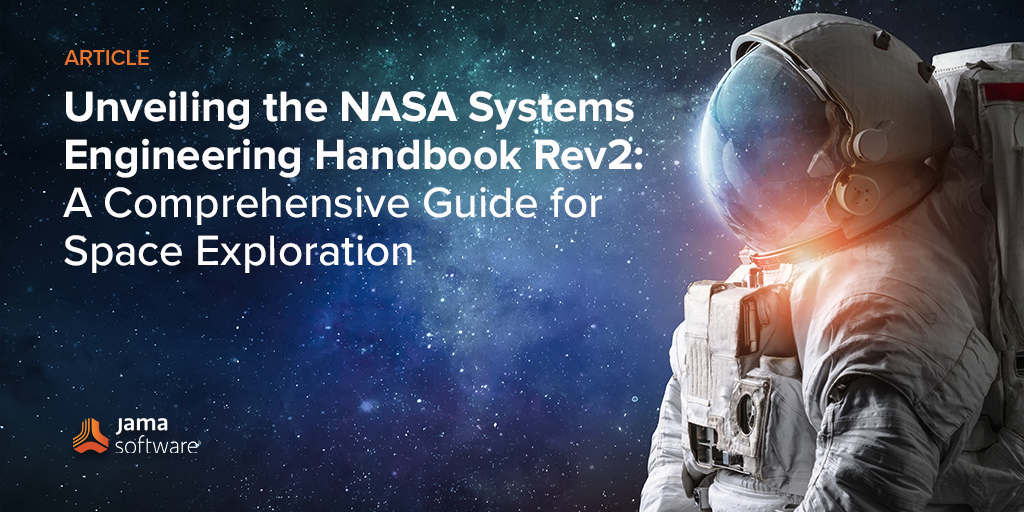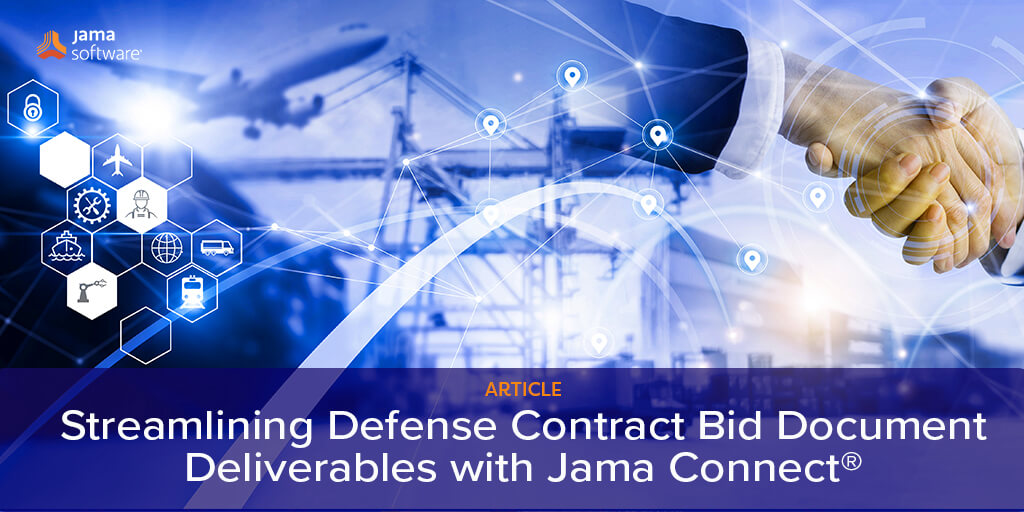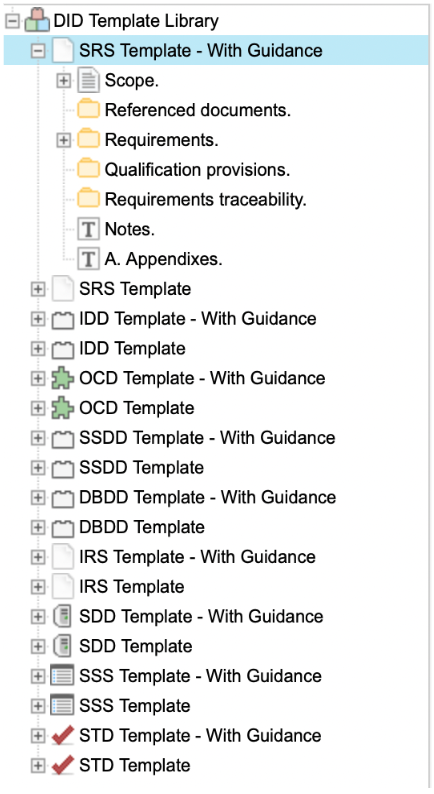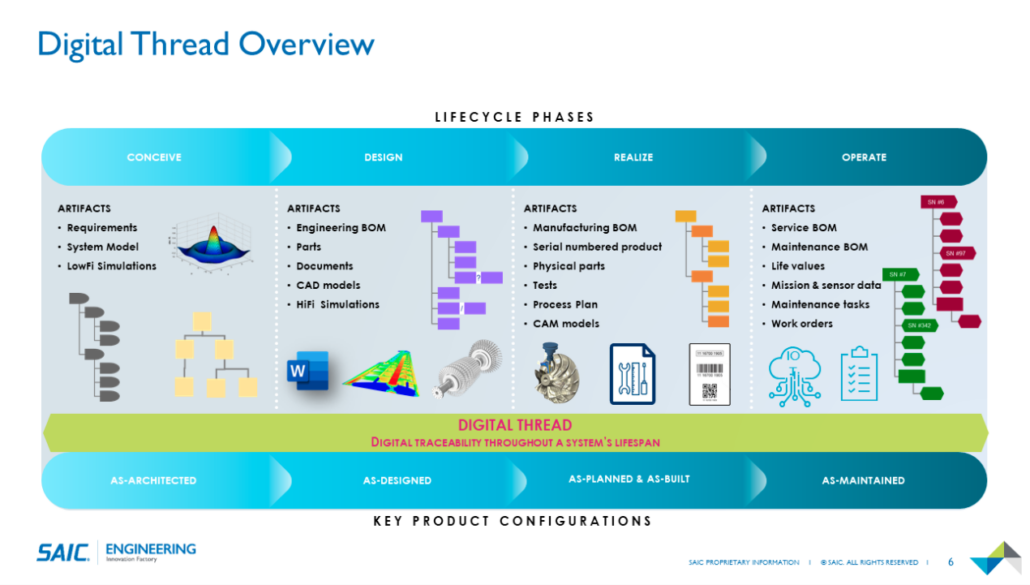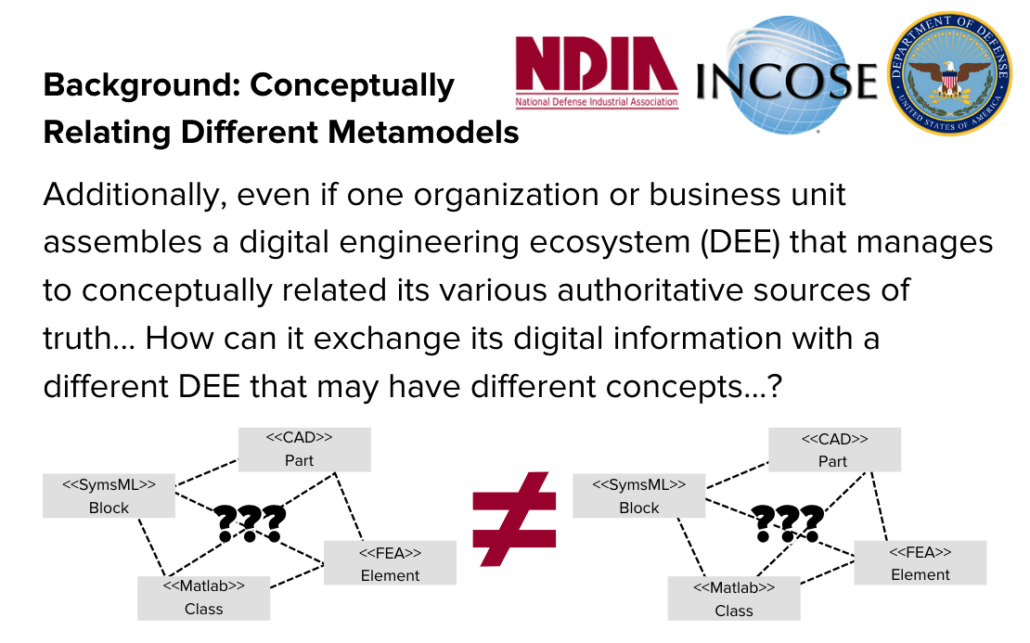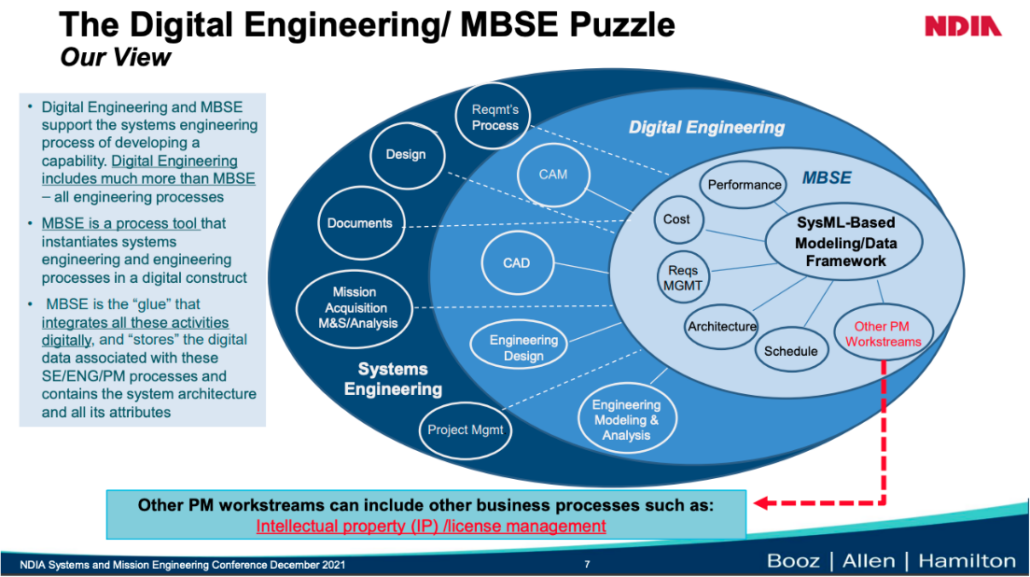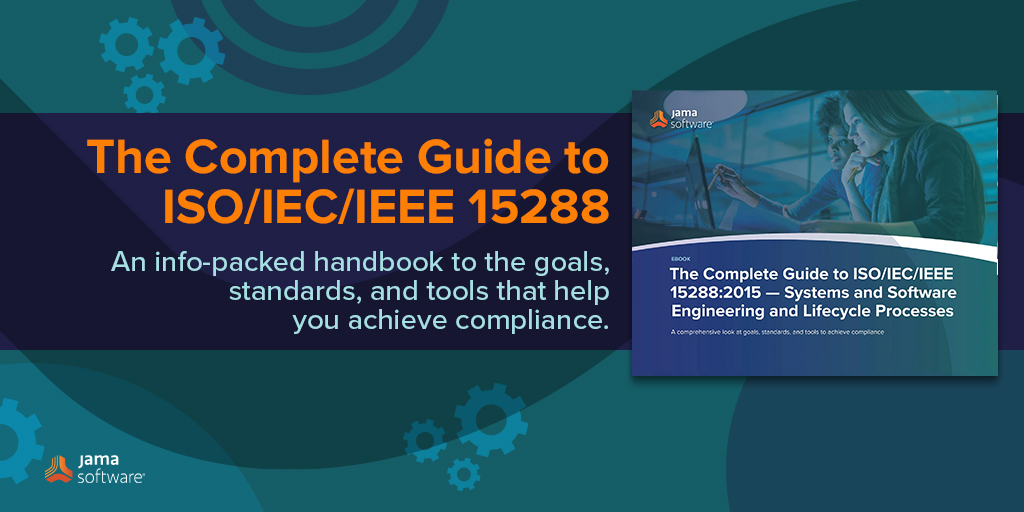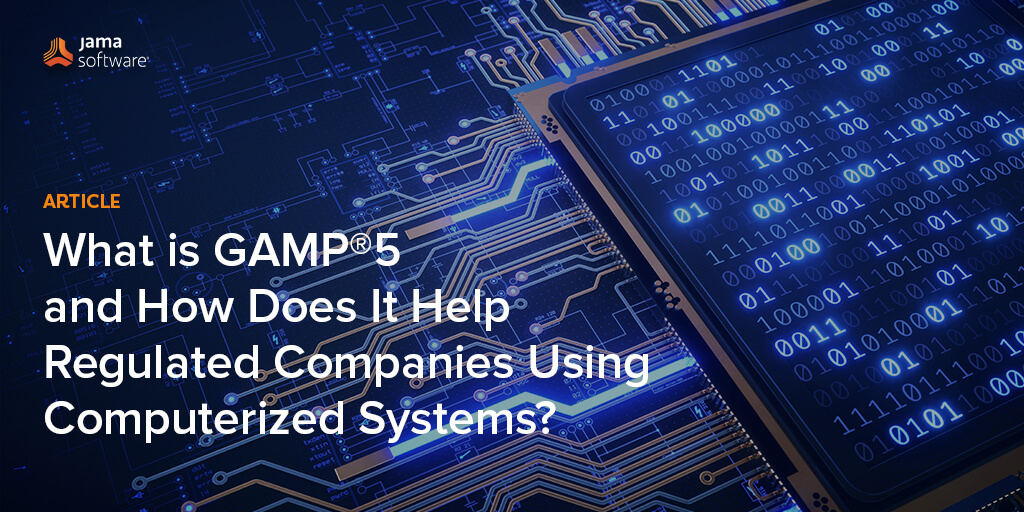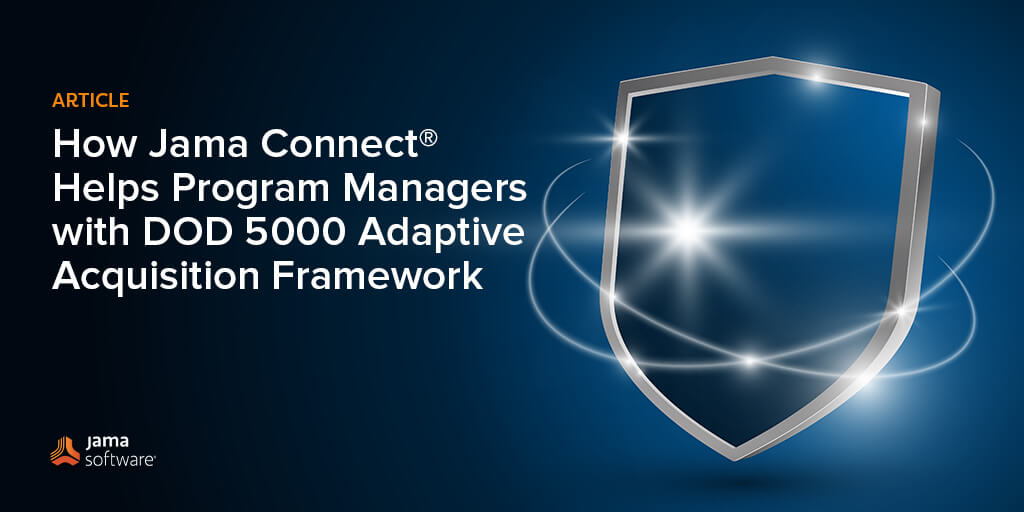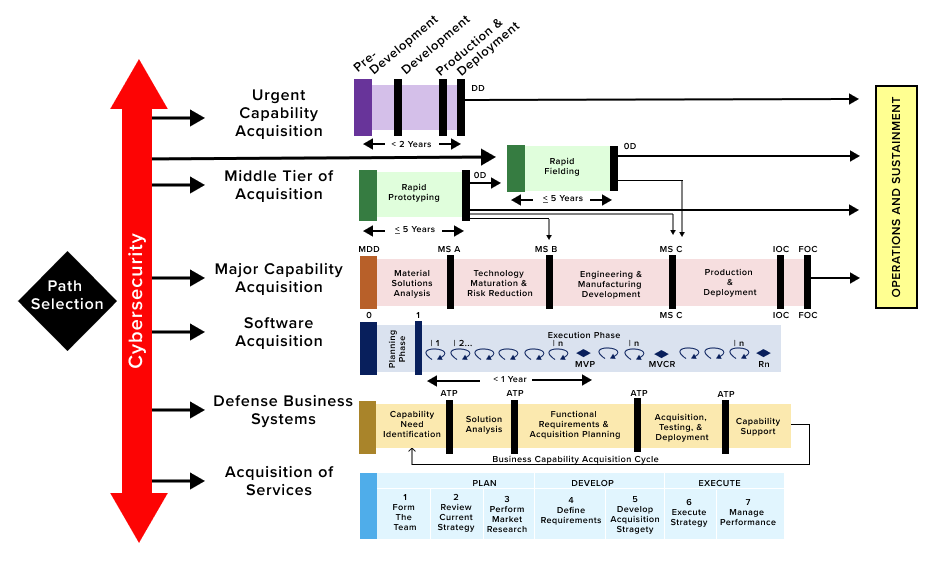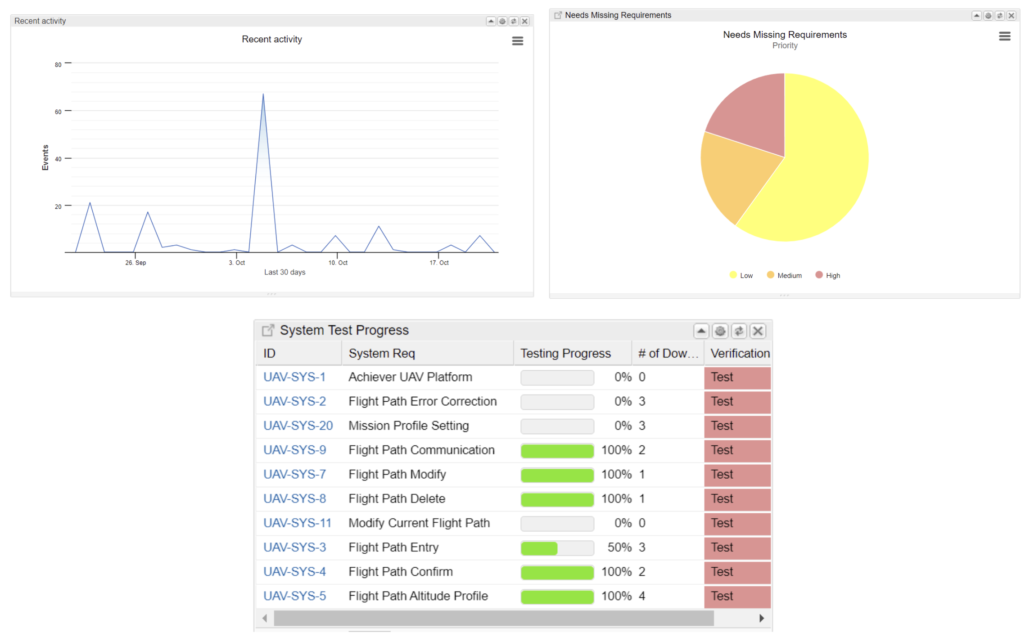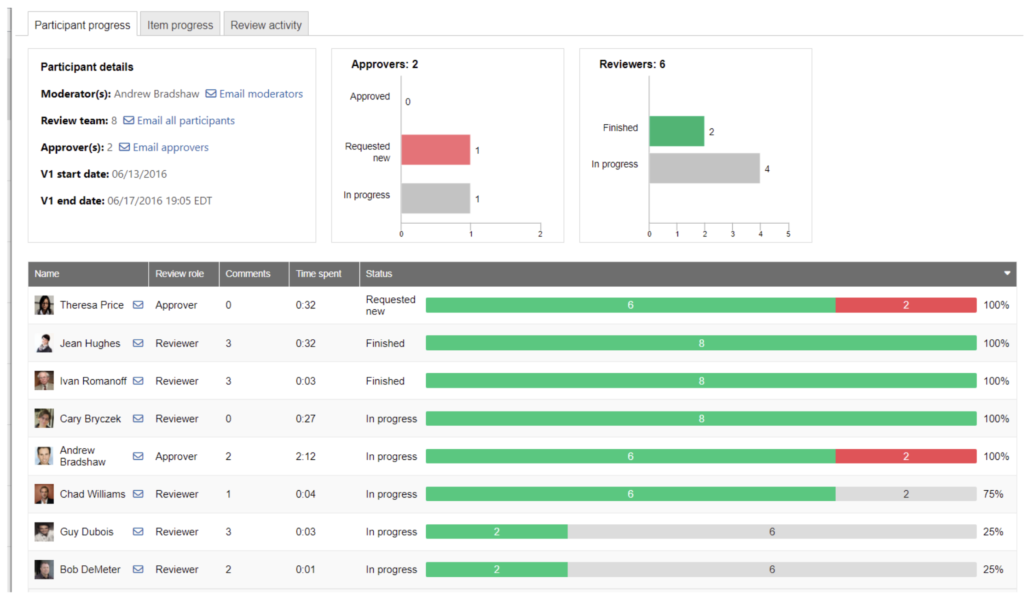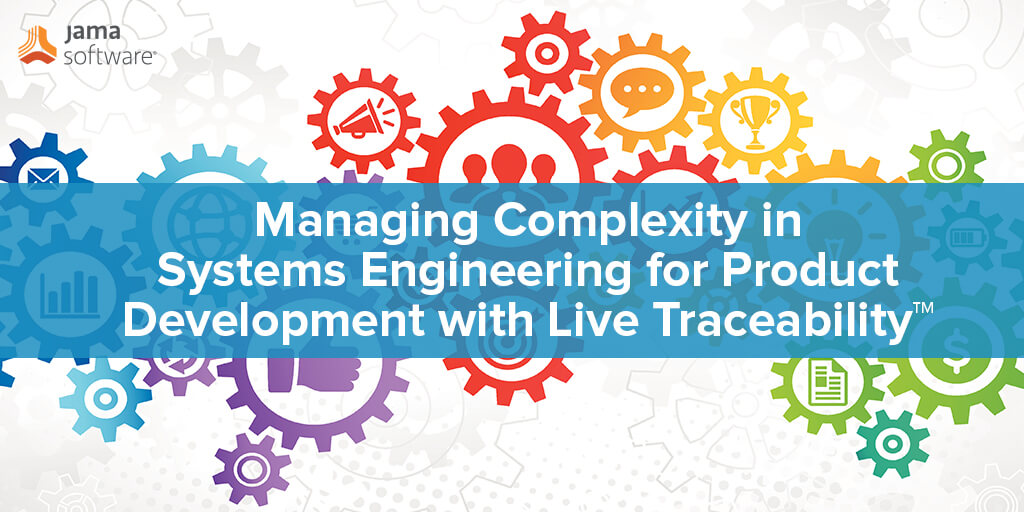
In this blog, we recap our webinar, “Unlocking Success: The Transformative Benefits of Variant Management through Product Line Engineering” – Click HERE to watch it in its entirety.
Unlocking Success: The Transformative Benefits of Variant Management Through Product Line Engineering
Embark on a journey of innovation and efficiency with this webinar on the benefits of variant management through Product Line Engineering (PLE), as we explore how PLE serves as a catalyst for organizational success.
In this insightful session, our industry experts will guide participants through the myriad advantages that PLE offers in the realm of product development, including:
-
- How PLE accelerates time-to-market and significantly reduces costs by promoting systematic reuse of engineering assets across a product portfolio.
- The strategic impact of PLE on managing product variability, enabling organizations to swiftly adapt to changing market demands without compromising quality.
- A way to gain a competitive edge: Learn how PLE can be implemented in Jama Connect® to enhance collaboration among cross-functional teams and create adaptable architectures
Below is an abbreviated transcript of our webinar.
Matt Mickle: Today I will spend some time introducing the topic of product line engineering and some of the benefits, as well as challenges that come along with it, especially pertaining to the work that you need to do in Jama Connect. I’ll then hand it off to Geoff, who will walk you through a practical way to implement product line engineering into the way that you work within Jama Connect now. We’ll then sum up and take away any questions from the audience. So without any further ado, let’s jump right into it.
What is product line engineering? Well, there’s multiple definitions floating around for product line engineering, but for the purpose of this webinar, we’re going to stick to something that makes sense from our perspective, which is a focus on engineering for a family of products with similar features, components or modules, as a single product line in order to leverage the commonality and variability, minimize the duplication of effort, and maximize reusability.
There are lots of examples of what a product line could be. It could be a series of vehicles, such as what you see here with the J Series, where you have different models that are part of a single product line. It could be military vehicles developed for different roles. It could be versions of software that are built for different types of consumers, like your light user or your expert user. It could be a line of appliances with different sizes or capabilities, like an oven or a dishwasher. It could be a line of laptops with different sizes, different amounts of memory, and different amounts of CPU. Or for a semiconductor, it could be configurations of IP for a chip family. So lots of different ways that you could have a product line, and with many of those ways you need to think about product line engineering.
RELATED: Jama Connect® vs. IBM® DOORS®: Reuse and Variant Management
Mickle: What are variants and how do you manage those variants? Along the same pathway, we will refer to variants as basically anything that would vary from product to product within a product line. And that could include some of the examples below, like different features, premium services, levels of performance, and different components that you might have, kind of like what you see on this ad for the J Series turbo. And when it comes to variant management, we’ll simply refer to this as the process or the technique that helps us manage and organize the variance. And this could be through one or multiple of these different modes that you see below, or it could be something that’s not listed there.
Okay, so what are some of the benefits that we get from product line engineering and from variant management? One is product line engineering, which enables organizations to create a product line architecture that allows for a systematic reuse of components. This can be components, modules, assets, and those are across different products within a product line. This promotes efficiency by reducing redundancy in the need to recreate similar functionalities for every product.
Another way is by reusing existing components and assets, organizations can significantly reduce their development cost. Product line engineering allows for economies of scale, as the investment in creating a core set of assets can be spread across multiple products, leading to cost savings in the long run. With product line engineering organizations can also streamline the development process by leveraging those existing components and architectures. This means faster time-to-market for new products since development efforts are focused on creating unique features, rather than rebuilding common functionalities.
RELATED: Traceable Agile™ – Speed AND Quality Are Possible for Software Factories in Safety-critical Industries
Mickle: It also helps ensure consistency in the products across your product line. If you reuse well-tested and validated components, the likelihood of introducing defects or inconsistencies is reduced, and that leads to higher overall product quality. As the market demands change or new technologies emerge, product line engineering provides a framework that allows organizations to adapt and evolve their product line more easily. This enables the addition of new features or the modification of existing ones without starting the development right from scratch.
Product line engineer also supports efficient configuration management, therefore allowing organizations to define and manage variations and products through configuration, rather than by creating separated versions or desynchronized copies of content. It simplifies a task of handling different customer requirements or market-specific adaptations.
It also makes the maintenance and updates more manageable. Changes or bug fixes can be applied to common components, and the updates can then be propagated to all the products in the line, ensuring that each product benefits from the improvements without having to undergo individual modifications. It also helps with the mitigation of risks associated with product development by relying on well-established improving components. Since these components have been used and tested across multiple products, the likelihood of critical issues arising is reduced.

